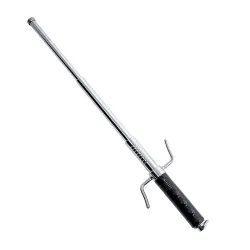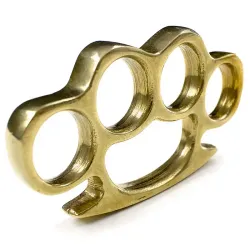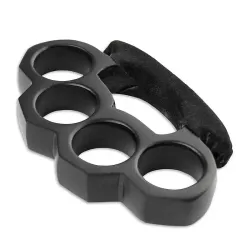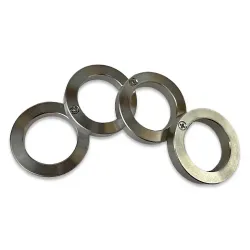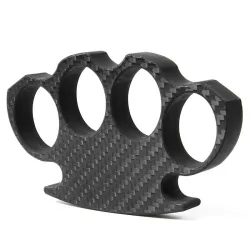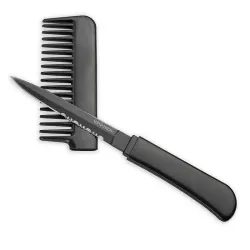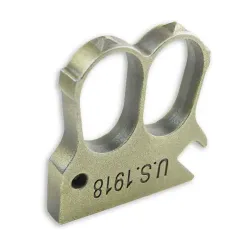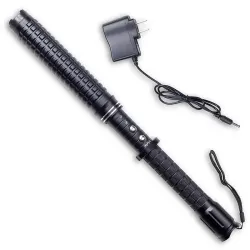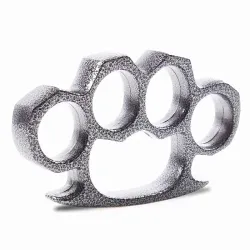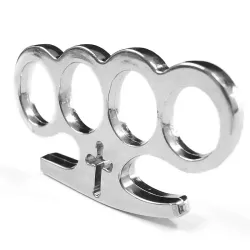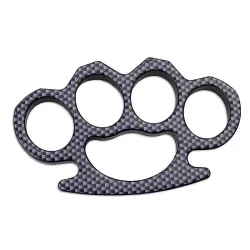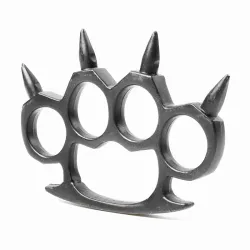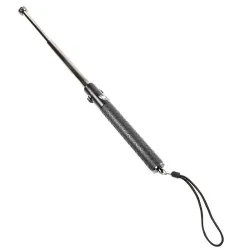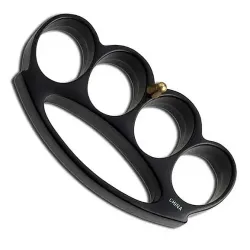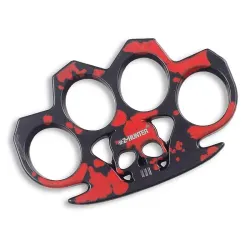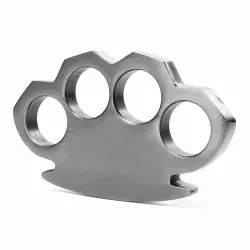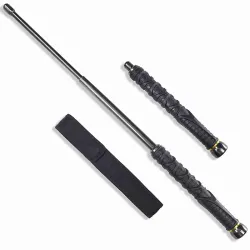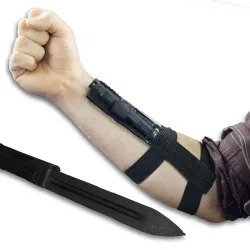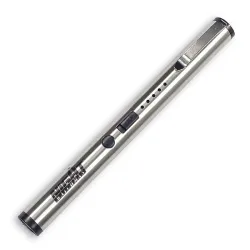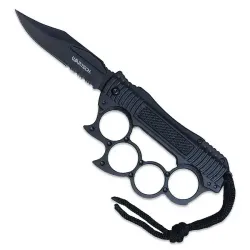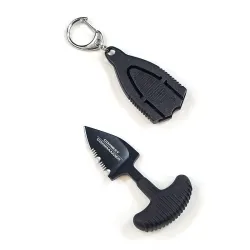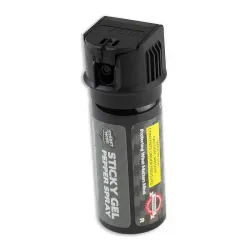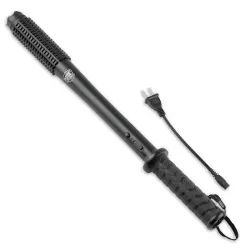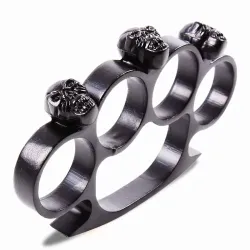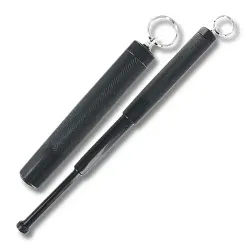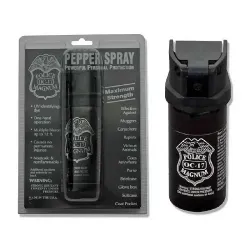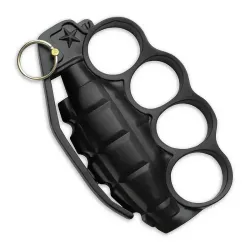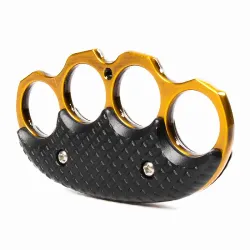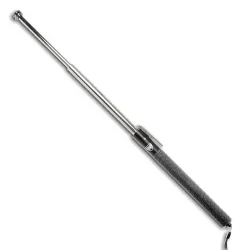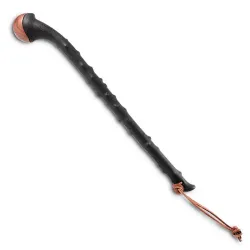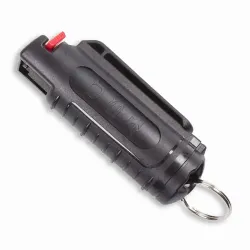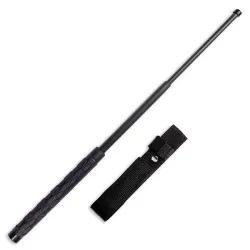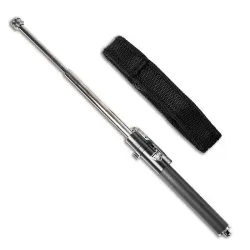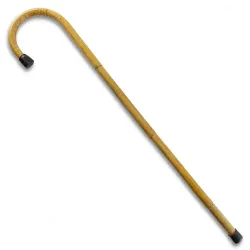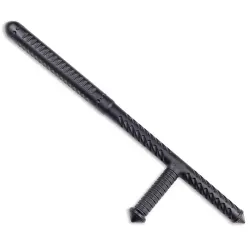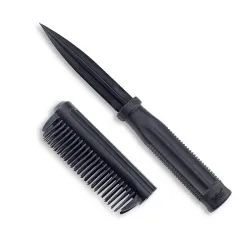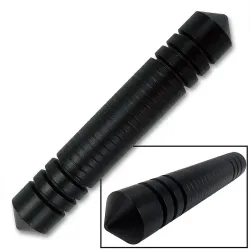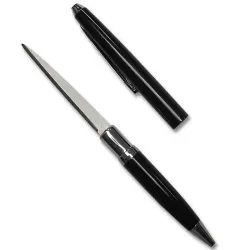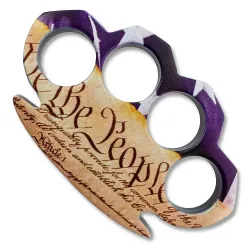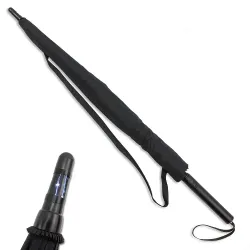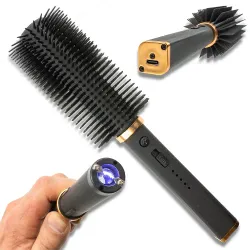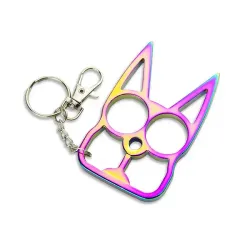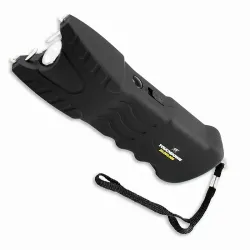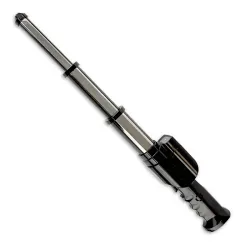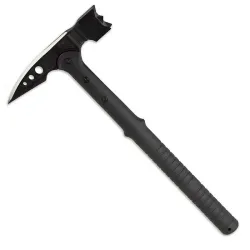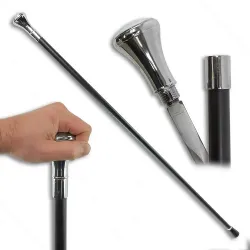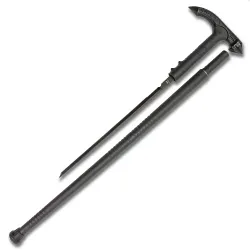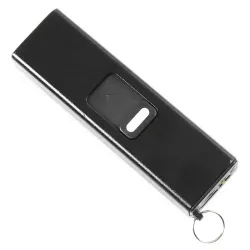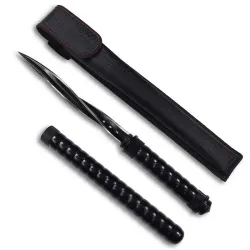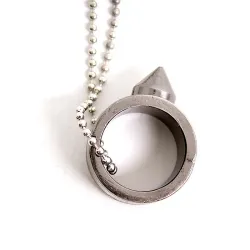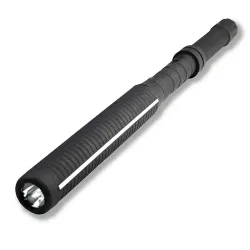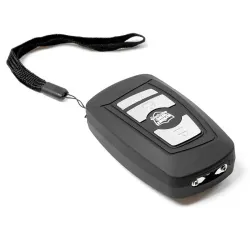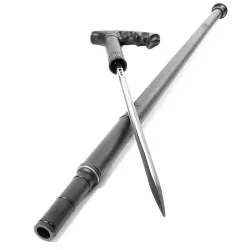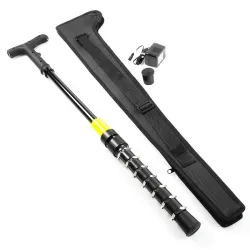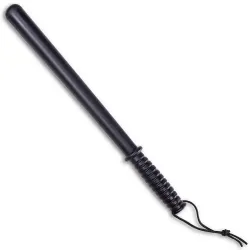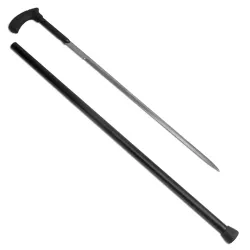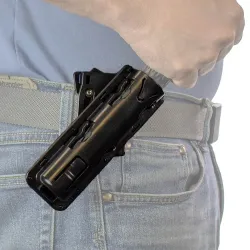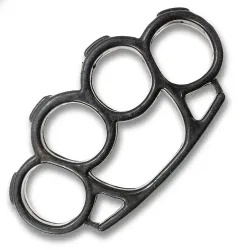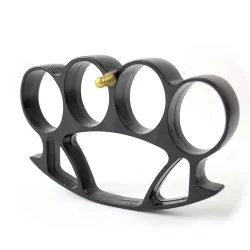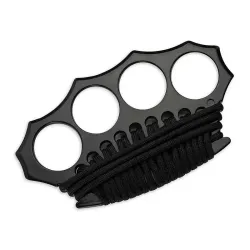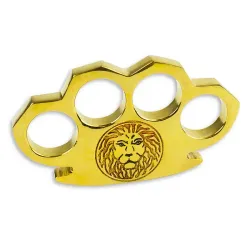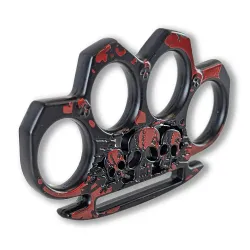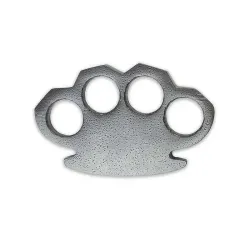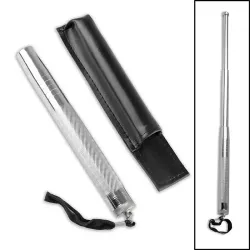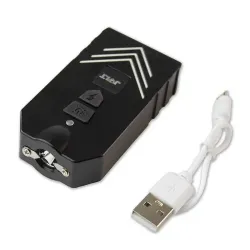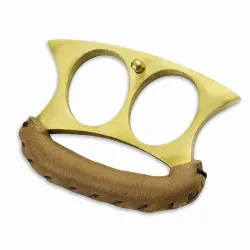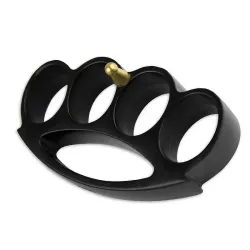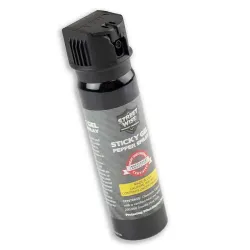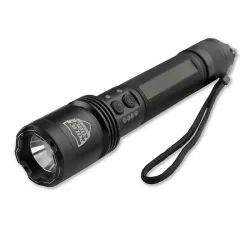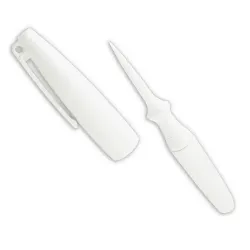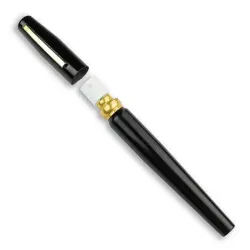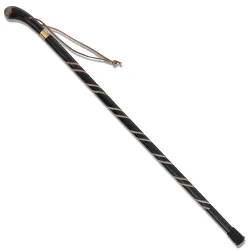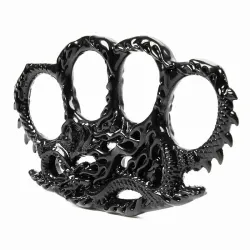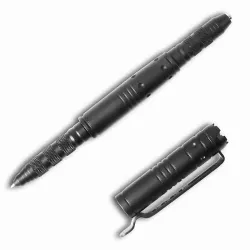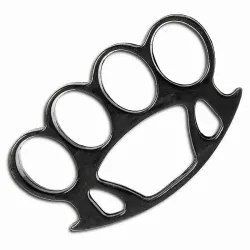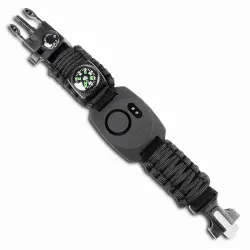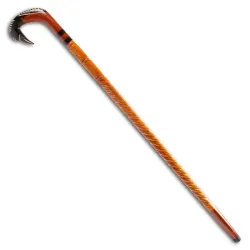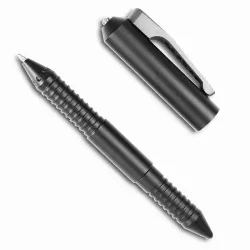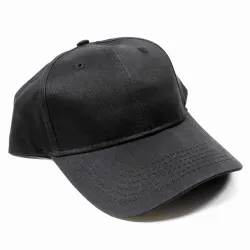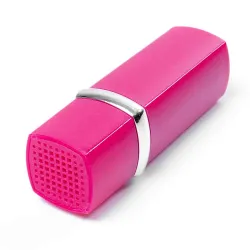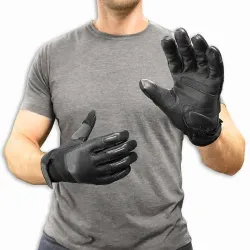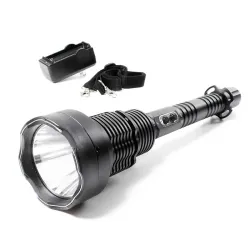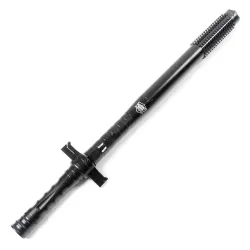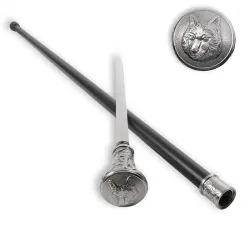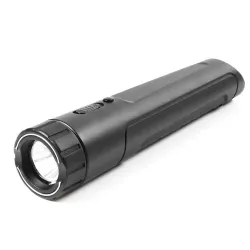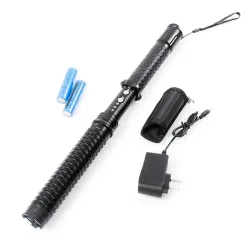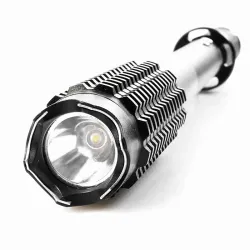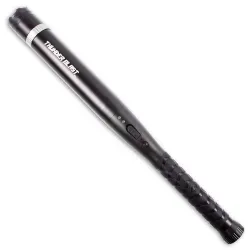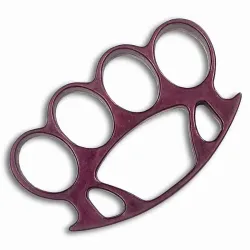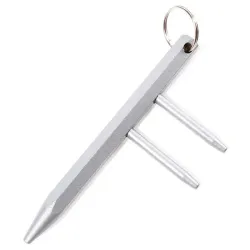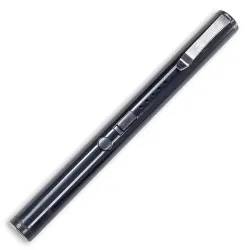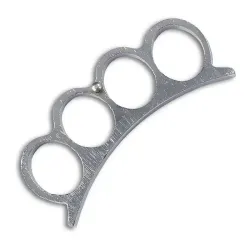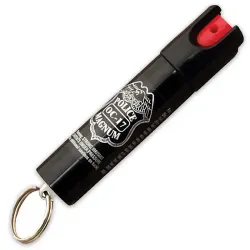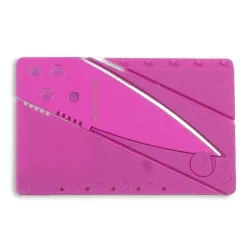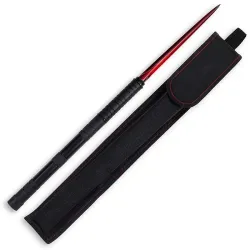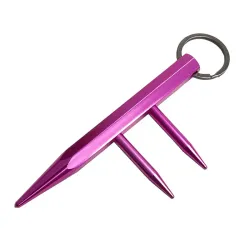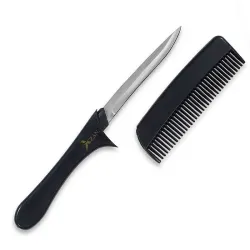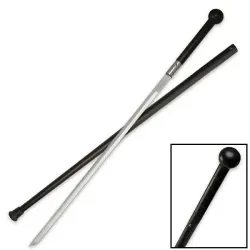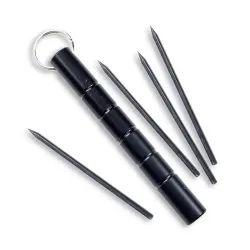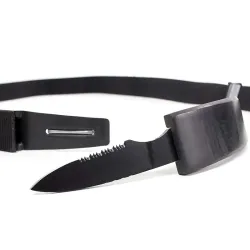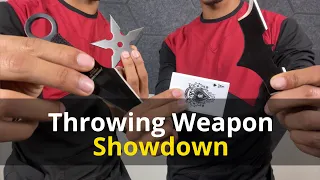Self Defense Weapons for Personal Protection
-
$34.95
-
$18.95
-
$25.95
-
$26.95
-
$17.95
-
$11.95
-
$10.95
-
$16.95
-
$18.95
-
$26.95
-
$16.95
-
$17.95
-
$29.95
-
$52.95
-
$17.95
-
$49.95
-
$20.95
-
$29.95
-
$12.95
-
$12.95
-
$22.95
-
$39.95
-
$29.95
-
$24.95
-
$16.95
-
$29.95
-
$26.95
-
$11.95
-
$14.95
-
$32.95
-
$29.95
-
$13.95
-
$32.95
-
$52.95
-
$24.95
-
$17.95
-
$19.95
-
$29.95
-
$62.95
-
$15.95
-
$16.95
-
$94.95
-
$26.95
-
$11.95
-
$11.95
-
$34.95
-
$12.95
-
$16.95
-
$29.95
-
$16.95
-
From $13.95
-
$24.95
-
$29.95
-
$12.95
-
$32.95
-
$139.95
-
$24.95
-
$32.95
-
$32.95
-
$149.95
-
$124.95
-
$26.95
-
$26.95
-
$23.95
-
$39.95
-
$21.95
-
$29.95
-
$23.95
-
$16.95
-
$18.95
-
$11.95
-
$13.95
-
$15.95
-
$15.95
-
$24.95
-
$12.95
-
$29.95
-
$13.95
-
$16.95
-
$13.95
-
$26.95
-
$22.95
-
$34.95
-
$29.95
-
$44.95
-
$15.95
-
$15.95
-
$18.95
-
$16.95
-
$22.95
-
$24.95
-
$16.95
-
$16.95
-
$29.95
-
$22.95
-
$13.95
-
$13.95
-
$11.95
-
$15.95
-
$23.95
-
$26.95
-
$16.95
-
$16.95
-
$18.95
-
$16.95
-
$13.95
-
$21.95
-
$16.95
-
$18.95
-
$14.95
-
$12.95
-
$109.95
-
$29.95
-
$22.95
-
$29.95
-
$69.95
-
$52.95
-
$89.95
-
$11.95
-
$54.95
-
$174.95
-
$24.95
-
$13.95
-
$26.95
-
$154.95
-
$23.95
-
$149.95
-
$16.95
-
$18.95
-
$34.95
-
$14.95
-
$19.95
-
$49.95
-
$22.95
-
$22.95
-
$24.95
-
$14.95
-
$32.95
-
$44.95
-
$10.95
-
$21.95
-
$14.95
-
$13.95
-
$22.95
-
$39.95
-
$17.95
-
$32.95
-
$11.95
-
$89.95
-
$69.95
-
$29.95
-
$42.95
-
$18.95
-
$44.95
-
$49.95
-
$24.95
-
$16.95
-
$14.95
-
$64.95
The beauty of self defense weapons lies in their versatility and accessibility. For those new to personal protection gear, options like pepper spray are an excellent starting point. This non-lethal safety weapon delivers a powerful burst of capsaicin, temporarily incapacitating an attacker by causing intense burning in the eyes and difficulty breathing, giving you precious time to escape. Meanwhile, stun guns offer a more direct approach, delivering an electric shock that disrupts muscle control and disorients a would-be assailant. These personal protection weapons are lightweight, easy to carry, and discreet enough to fit in a pocket or purse. At KarateMart.com, we prioritize quality, ensuring that every self-defense weapon in our inventory meets rigorous standards for performance and durability, so you can trust them when it matters most.
Self-defense is all about preparation. Many martial artists turn to safety weapons as a complement to their training, recognizing that real-world confrontations don't always follow a predictable script. A concealed self-defense weapon, like a Kubotan keychain or tactical pen, can serve as a force multiplier, enhancing your ability to protect yourself. These small but mighty personal protection items are designed for everyday carry, blending seamlessly into your routine while offering a layer of security. Imagine the reassurance of knowing that a simple twist of a keychain could fend off an attacker or that a quick spray of pepper spray could halt a threat in its tracks. Our self-defense weapons are perfect for gifting to loved ones who may feel vulnerable but lack formal martial arts training.
Looking for a more hands-on self-defense option? We proudly carry brass knuckles and knuckle dusters, classic fist-load weapons made from sturdy materials like brass or reinforced steel. Designed to slip over your fingers, these tools enhance the power of a punch, offering a compact yet effective means of close-range defense. Their mere presence can intimidate potential attackers, while their straightforward design requires no maintenance - just reliable, raw stopping power. At KarateMart.com, our brass knuckles and knuckle dusters come in various styles, from sleek and simple to more detailed designs, allowing you to choose what fits your preferences. Keep in mind that these safety weapons are heavily regulated in many regions, so always check local laws before carrying them.
For those seeking robust personal protection gear, stun guns stand out as a popular choice. Available in various sizes and intensities, these safety weapons pack a punch, literally. A high-voltage stun gun can deliver millions of volts, enough to stop an aggressor without causing permanent harm, making it a favored option for those prioritizing non-lethal defense. At KarateMart.com, we also offer collapsible batons, which extend with a flick of the wrist to provide a sturdy, impact-resistant tool for self-defense. These personal protection weapons are ideal for individuals who want a bit more physical presence in their safety arsenal. Whatever your preference, our selection ensures you'll find a self-defense weapon that aligns with your lifestyle and security needs.
At KarateMart.com, our commitment to your safety extends beyond just offering great self-defense weapons. We strive to provide personal protection gear that's both practical and reliable, ensuring you're prepared for the unexpected. Whether you're drawn to the discreet power of a pepper spray keychain or the commanding presence of a stun gun, our selection is designed to instill confidence. Always check local and state laws regarding the carry and use of safety weapons, as regulations can vary. With our high-quality personal protection weapons, you'll feel ready to face the world with greater assurance, knowing you've got the best in self-defense by your side.
What Is Considered a Self Defense Weapon?
A self defense weapon is any tool or device designed to give you a tactical advantage in an emergency, helping you deter, disable, or escape from an attacker. The goal isn't to injure permanently but to create enough distance and disruption to get to safety. Common examples include pepper spray, stun guns, collapsible batons, tactical pens, Kubotans, and even discreet options like self defense keychains or personal alarms.
Non-lethal self defense weapons are especially popular because they're easy to use, legal in most areas, and don't require advanced training. Pepper spray, for instance, works by causing intense eye and respiratory irritation, giving you several seconds to flee. Stun guns deliver an electric charge that interferes with muscle control, temporarily disabling an assailant. Even small items like Kubotans or tactical pens can turn everyday objects into effective protection tools when used with proper technique.
At KarateMart.com, we categorize self defense weapons by their intended use and level of force. Deterrent weapons (like pepper spray) keep distance between you and a threat. Contact weapons (like batons or knuckles) require closer engagement but offer more stopping power. Everyday carry tools (like Kubotans and pens) blend seamlessly into daily life while still offering immediate protection. No matter which type you choose, the key is selecting a weapon that fits your comfort level, training, and environment. A tool is only effective if you can access and use it confidently when it counts.
Are Self Defense Weapons Legal?
The legality of self defense weapons varies widely depending on where you live. In the United States, laws are determined at both the state and local levels, and what is perfectly legal to carry in one city may be prohibited in another. Generally speaking, most non-lethal self defense tools like pepper spray, personal alarms, and small stun guns are legal in most states, while items designed to cause blunt-force impact such as brass knuckles or expandable batons tend to be more restricted. Some areas even have limits on how much pepper spray you can carry or require you to be over 18 years old to purchase it.
Weapons that are designed for concealment, such as disguised knives, hidden blades, or certain types of self defense keychains, can also fall into gray areas of the law. States like California, New York, and Massachusetts have strict rules governing concealed or disguised weapons, while others like Texas and Arizona allow a wider range of defensive tools for personal use. Even within the same state, local city ordinances may impose tighter restrictions, especially in urban areas or around schools and government buildings.
If you plan to carry a self defense weapon while traveling, always check both departure and destination laws. For example, a collapsible baton that is legal in your home state could lead to a fine or even arrest if discovered in a state that bans impact weapons. The same applies when crossing international borders since many countries classify even mild self defense tools as prohibited weapons. Airlines and TSA regulations also forbid most self defense items, including pepper spray and stun guns, in both carry-on and checked luggage.
While most people can legally own and use basic defensive gear, it is your responsibility to understand the specific laws where you live. Doing a quick check of your state's penal code or attorney general's website before purchasing or carrying a weapon can prevent costly legal trouble later on.
What Is the Best Self Defense Weapon for Beginners?
For most beginners, pepper spray is the best place to start. It is easy to carry, simple to use under stress, and does not require physical strength or advanced technique. A short burst creates an immediate barrier by irritating the eyes and airway, giving you time to retreat. Look for a compact canister with a safety lock and at least a 4 to 6 foot effective range so you can deploy it before an attacker gets too close.
If you want an option that does not rely on chemicals, a compact stun device can work well for beginners who are comfortable with electronics. These devices offer an immediate disruptive effect without requiring striking skills. Choose a model with a clear activation method and safety switch, and practice activating it so the motion becomes automatic if you ever need it.
For people who prefer tools that blend into everyday carry, tactical pens and Kubotans are practical beginner choices. They double as basic tools and are useful for close-range control techniques when combined with simple training. These items require a little practice to use effectively, but they are legal in more places than some impact weapons and fit easily on a key ring or in a pocket.
Collapsible batons and brass knuckles provide serious stopping power but are not ideal first choices for beginners because they require technique, reach, and, in many jurisdictions, special permissions or they may be illegal. If you already have training or plan to take focused classes on impact defenses, these tools can be effective, but learn the local laws before buying or carrying them.
Beyond the tool itself, the single best investment for any beginner is a short practical class. Even a few hours learning how to deploy pepper spray safely, how to use a stun device, and basic escape and movement drills will greatly increase your confidence and effectiveness. Practice drawing your chosen tool from the place you will carry it, and run simple drills so your response becomes instinctive under stress.
Practical considerations matter. Choose a weapon that fits your daily routine and storage needs, is legal where you live, and that you can access quickly. Check age and purchase restrictions before buying, test the safety features so you avoid accidental discharge, and replace or service devices as manufacturers recommend. A reliable, practiced, and legally carried simple tool is far more effective than an advanced weapon you never feel comfortable using.
What's the Difference Between Lethal and Non-Lethal Self Defense Weapons?
Lethal weapons are designed to cause serious injury or death. Examples include firearms and fixed-blade knives intended for combat. Non-lethal weapons are designed to stop, deter, or disable an attacker temporarily without causing permanent harm. Common non-lethal items include pepper spray, stun guns, taser-style devices, collapsible batons, tactical pens, and personal alarms.
The goals and expected outcomes are different. With a lethal weapon the objective is stopping a threat by inflicting maximum damage when necessary. With non-lethal options the objective is creating space, disrupting an attacker, and escaping to safety. That difference changes how you train, how you carry the tool, and how the law views your use of force in a defensive situation.
Effectiveness varies by scenario. Firearms are highly effective at stopping an immediate lethal threat but require training in marksmanship, judgment, and safe storage. Pepper spray and stun devices can rapidly incapacitate a single aggressor at close range and usually do not require significant physical strength. Impact tools like batons require reach and technique to be used effectively under stress. Everyday carry tools such as tactical pens and Kubotans rely on close contact and basic control techniques to be useful.
Legal and liability differences are significant. Many jurisdictions heavily regulate lethal weapons such as firearms and certain knives. Non-lethal tools are often legal to own and carry, but rules vary widely. Some places restrict stun guns, batons, or even pepper spray. Use of force laws also treat outcomes differently; if a non-lethal tool causes serious injury you may still face civil or criminal consequences. Always check local statutes and case law before purchasing or carrying any tool.
Training and mindset are not the same. Lethal weapons require high standards for safety, storage, and judgment. Non-lethal tools benefit from practical, scenario-based training that covers deployment under stress, drawing from where you carry the item, and immediate escape tactics. Equally important is avoidance and de-escalation training. A tool is most effective when combined with situational awareness and practiced responses.
Practical pros and cons to weigh. Lethal weapons offer decisive stopping power but increase legal risk and moral responsibility. Non-lethal options lower the risk of fatal outcomes and are often more acceptable in public settings, but they may fail against a determined or intoxicated attacker. Many people choose a layered approach that prioritizes non-lethal tools for everyday carry and reserves lethal options only where they are legal and the carrier is thoroughly trained.
Storage, transport, and travel considerations differ. Firearms require secure storage, proper permits, and careful transport rules. Non-lethal items usually have fewer storage demands, but airlines and other carriers commonly ban items like pepper spray and stun guns. When traveling across state or international lines, verify the laws at both origin and destination to avoid fines or confiscation.
In short, lethal and non-lethal weapons exist on a spectrum of force, responsibility, and risk. Choose the option that matches your legal environment, comfort level, training commitment, and daily needs. Regardless of the tool, prioritize prevention, awareness, and training so you can avoid dangerous confrontations or handle them safely if they occur.
Can I Carry Self Defense Weapons in Public?
In many parts of the United States, you can legally carry non-lethal self defense weapons in public, but the rules vary widely depending on state and local laws. Most areas allow small items like pepper spray, tactical pens, and Kubotans because they are designed to disable an attacker temporarily without causing lasting harm. However, other defensive tools such as stun guns, expandable batons, and brass knuckles are regulated much more strictly. Some states require a permit, while others ban certain items entirely.
When it comes to carrying in public places, it is important to understand that even legal weapons can become restricted depending on location. Schools, government buildings, airports, and certain private businesses often have zero-tolerance policies that prohibit all types of weapons, including non-lethal ones. Some cities impose size or voltage limits on stun guns, or limit the amount of pepper spray you can carry. These details are typically outlined in your state's penal code or on your local law enforcement website.
Concealment and accessibility are additional factors. In states that allow open carry of certain items, you may still be required to keep them visible or transported in a specific way. Conversely, concealed carry laws can restrict how a defensive tool is stored on your body or in a bag. For example, some areas classify concealed batons or disguised knives as prohibited weapons even if the same item would be legal when carried openly.
If you plan to travel with a self defense weapon, always check the laws in both your origin and destination states. Crossing state lines with restricted items such as metal knuckles or impact batons can lead to fines or confiscation, even if you legally purchased them at home. Air travel introduces another layer of restrictions since TSA regulations prohibit most self defense items, including pepper spray and stun guns, in carry-on luggage and often in checked bags as well.
When in doubt, contact your local police department or attorney general's office for official guidance before carrying any defensive tool in public. Laws change frequently, and penalties for violations can range from confiscation to criminal charges. Staying informed and responsible ensures that your chosen self defense weapon remains a source of protection rather than legal risk.
Do I Need Training to Use a Self Defense Weapon Effectively?
Yes. Even the simplest self defense weapon is only as useful as the person carrying it. A basic class or a short, focused practice session dramatically increases the odds that you will deploy a tool correctly under stress. Training builds muscle memory, reduces hesitation, and teaches you decision-making skills that matter more than the tool itself.
Training falls into three practical buckets. First, deployment drills teach you how to access your weapon quickly from where you carry it. If pepper spray is tucked into the bottom of a purse or a stun device is in a hard-to-reach pocket, you will lose precious seconds during a real encounter. Simple repetition of the draw and expose motion until it becomes automatic is one of the highest ROI activities you can practice.
Second, use and safety practice covers how the device actually works and how to avoid accidents. That includes learning pepper spray aim and safe handling, understanding the activation and lock features on stun devices, and running a few low-risk drills with an inert practice tool. Knowing how to avoid cross-contamination, how to clear after accidental discharge, and when not to use a device reduces legal and medical complications later.
Third, scenario training ties tool use into movement, escape, and de-escalation. This is where you learn to create distance, use simple blocks or strikes if needed, and move to safety after using your tool. Role-play scenarios that emphasize escape and yelling for help are more effective than practicing how to "win" a fight. The goal of most everyday self defense is to get away safely, not to win a prolonged confrontation.
You do not need hours of advanced martial arts to be effective. Short, focused classes that include weapon deployment, one or two control techniques, and escape drills are enough to make a big difference. Even practicing by yourself for 10 minutes a week so you can draw your tool from the place you actually carry it will improve your readiness.
Legal and judgment training is also critical. Good training covers when to use a device, how much force is reasonable, and the legal consequences of using a tool in public. Mistaken or unnecessary use can lead to criminal charges or civil liability, so incorporate at least a basic legal overview into your plan.
Finally, maintenance and familiarization are part of training. Test safety switches, check expiry dates on pepper spray, replace battery-powered devices as recommended, and practice a dry run for each new tool you buy. A reliable, well-practiced simple weapon is always better than an advanced weapon you never feel comfortable using.






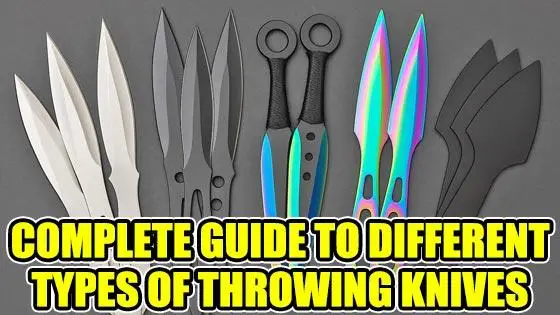

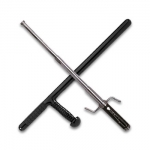
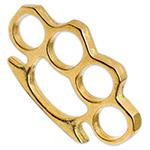
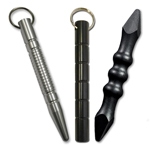
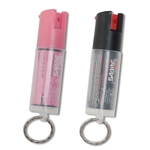
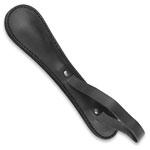
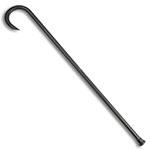
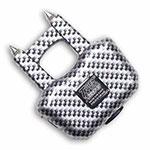
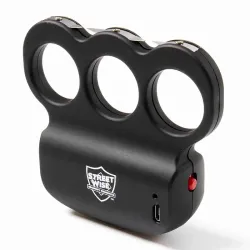
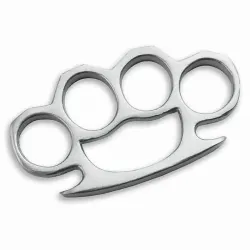
 (2)
(2)
 (3)
(3)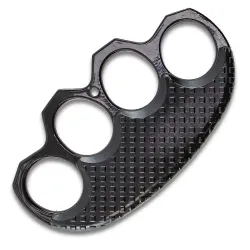
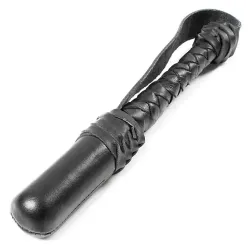
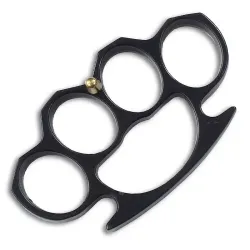

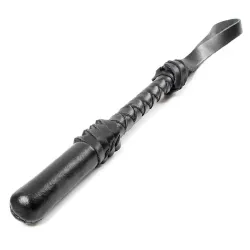
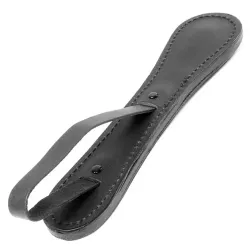
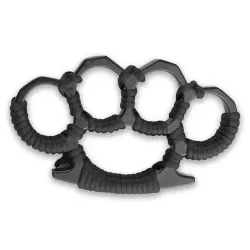
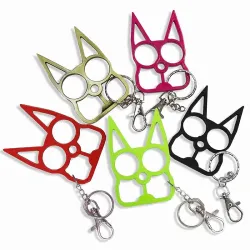
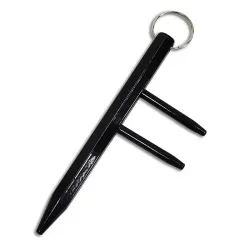
 (3)
(3)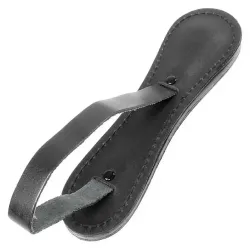
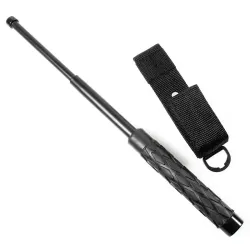
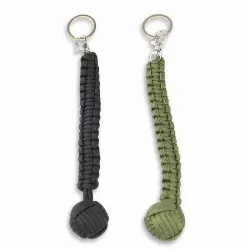
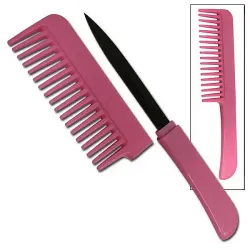

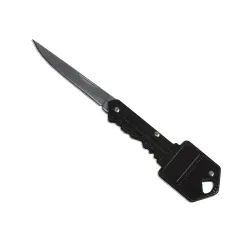
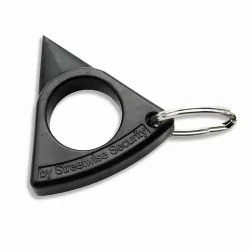
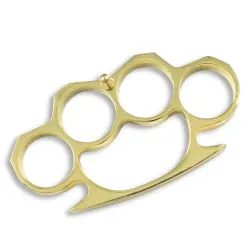
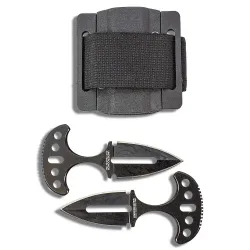

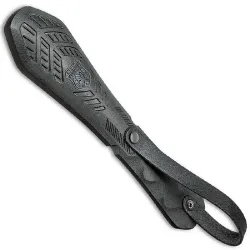
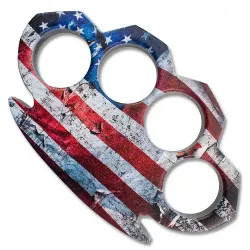
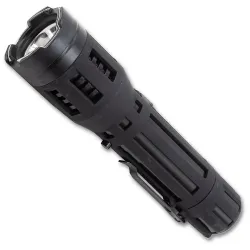
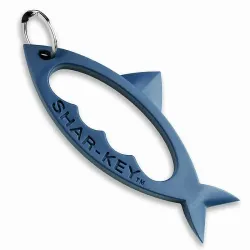
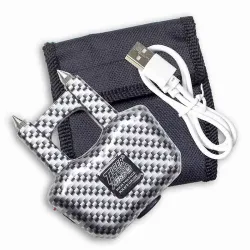
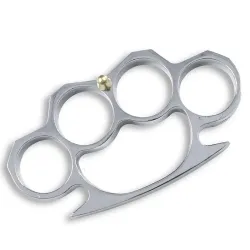
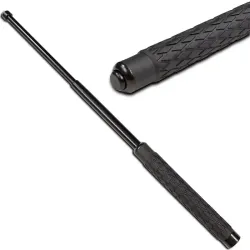
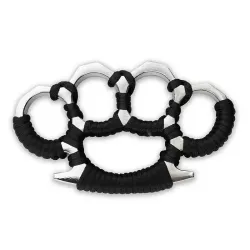
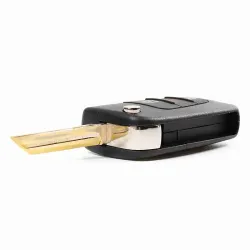

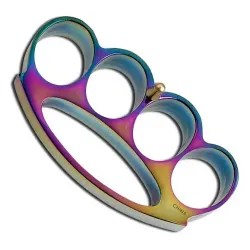
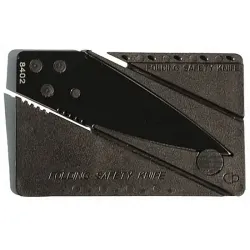
 (1)
(1)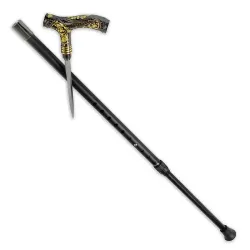

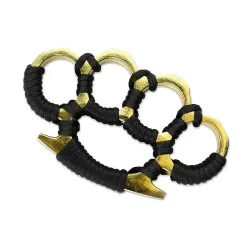
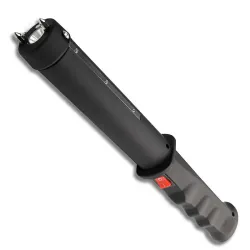

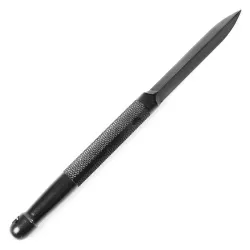
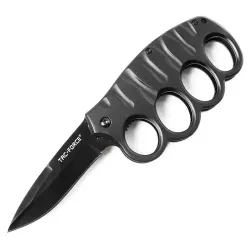
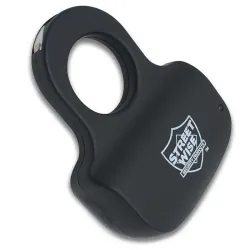
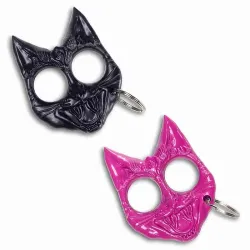
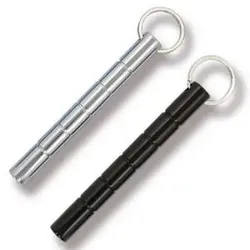
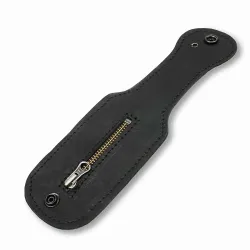
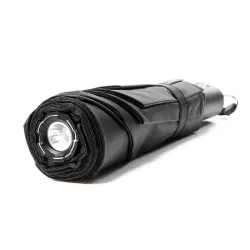
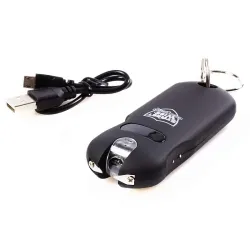
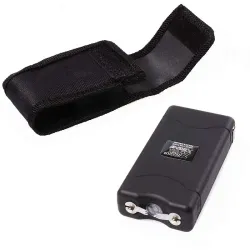
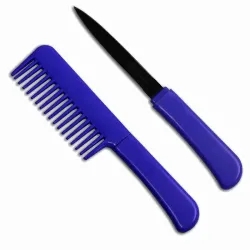
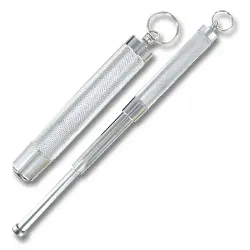
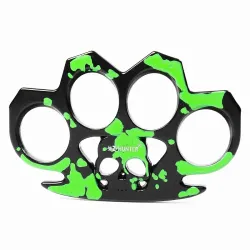
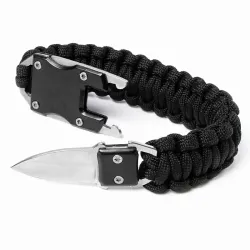
 (2)
(2)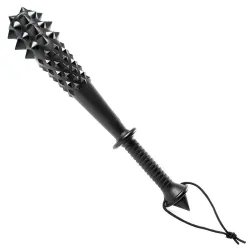
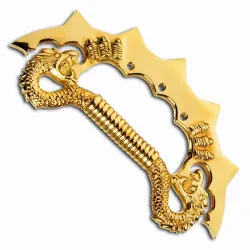
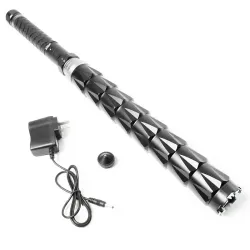
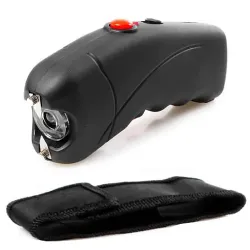
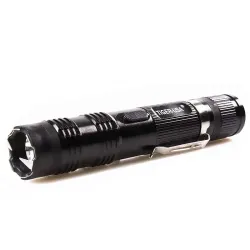
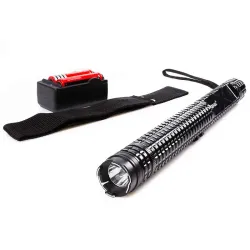

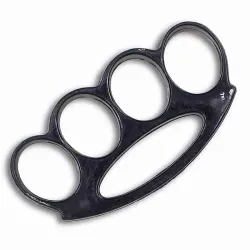
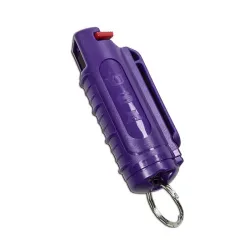

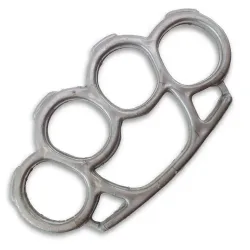
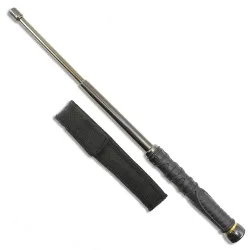
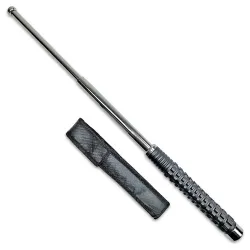
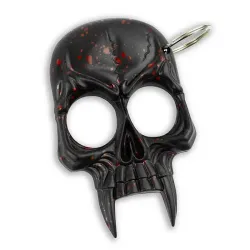
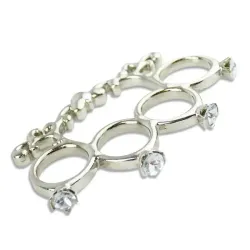
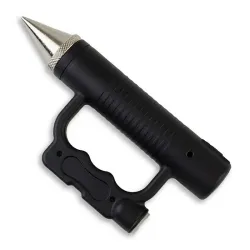
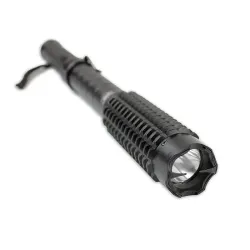
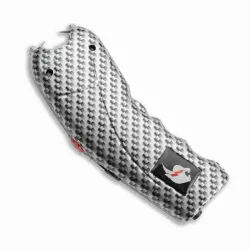
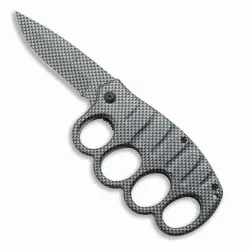
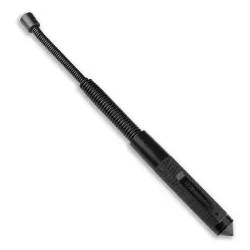

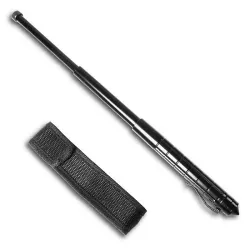


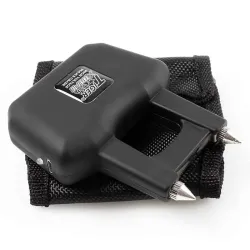
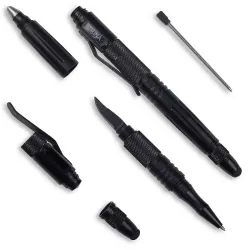
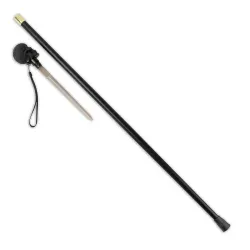
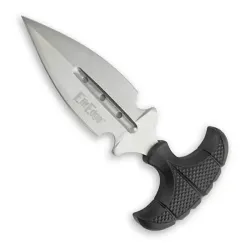
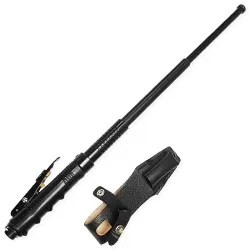
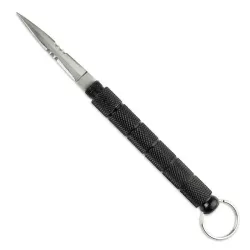
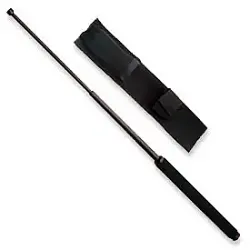
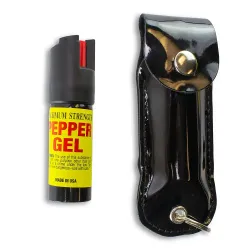
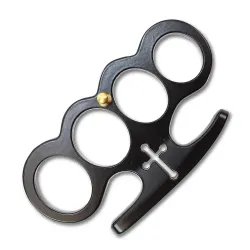
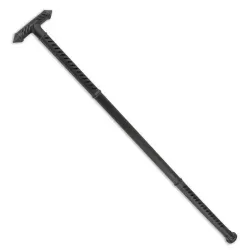
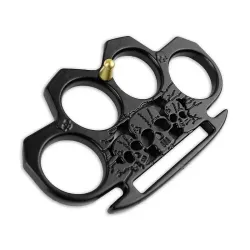
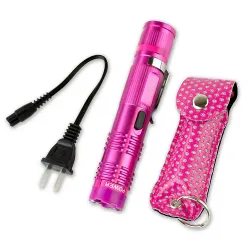
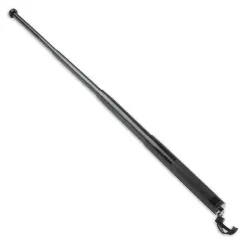
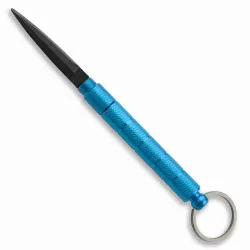
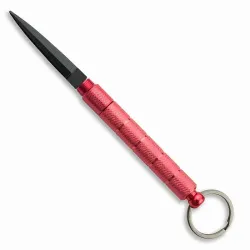
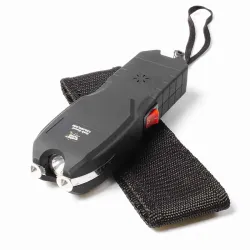
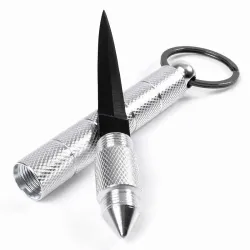
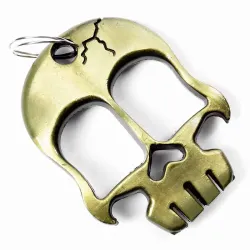
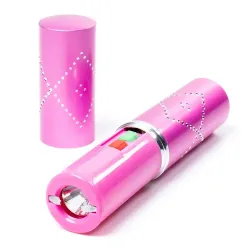
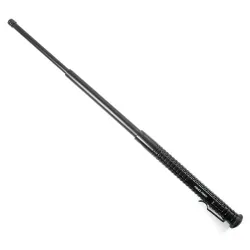
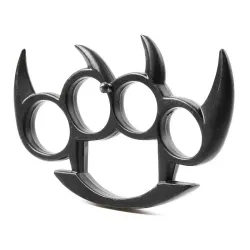


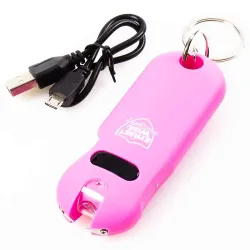
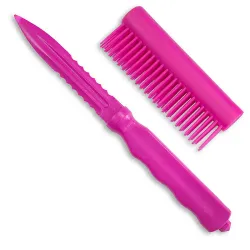
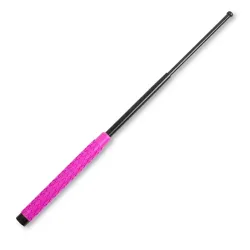

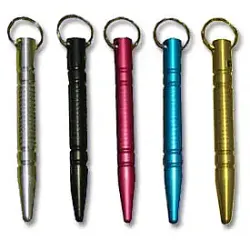
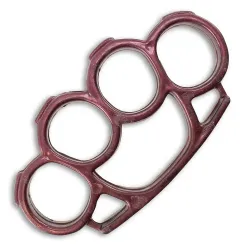
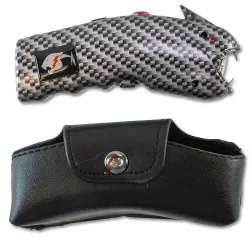
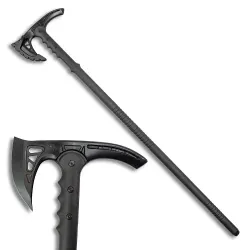
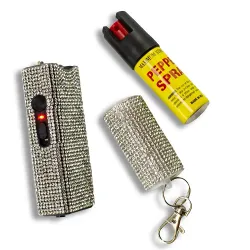
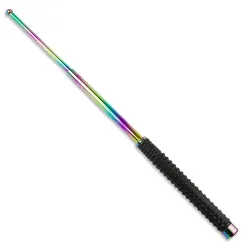
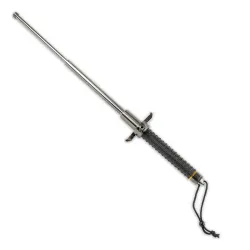
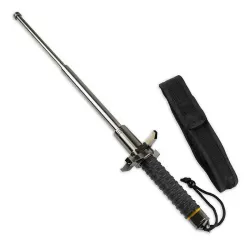
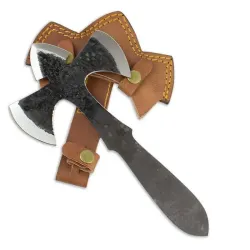
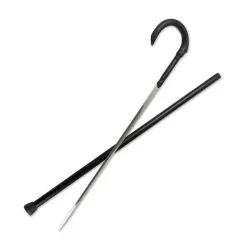
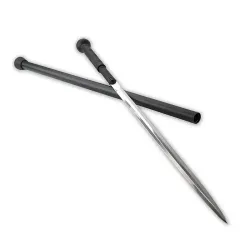
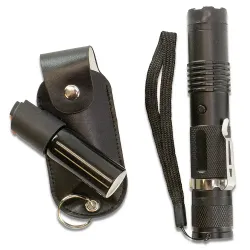
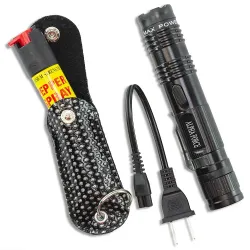
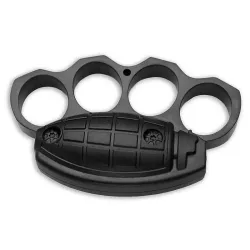
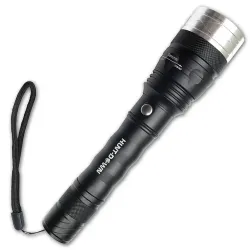
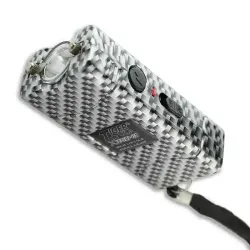
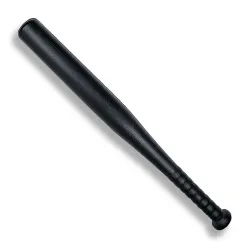
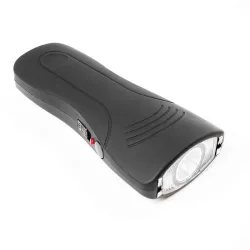

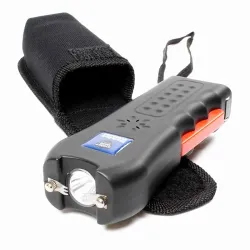
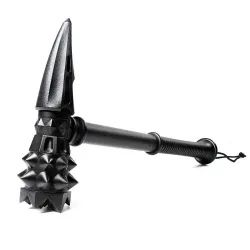
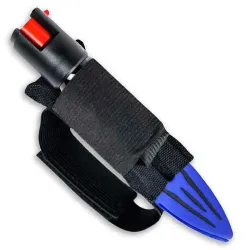
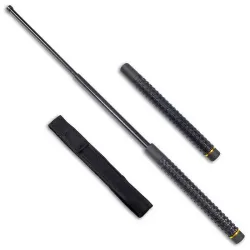
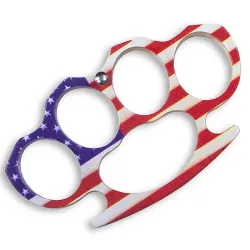
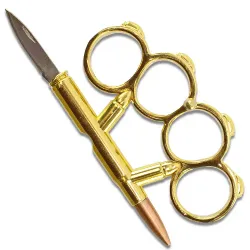
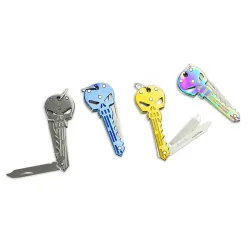
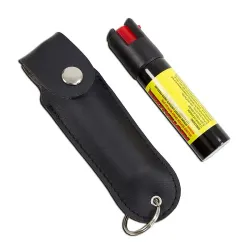
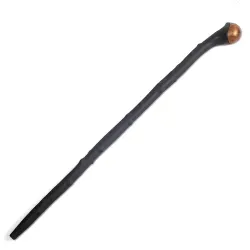
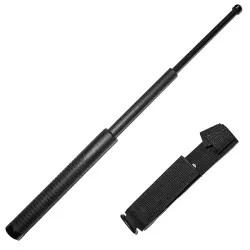
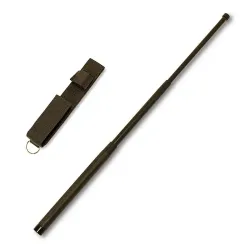
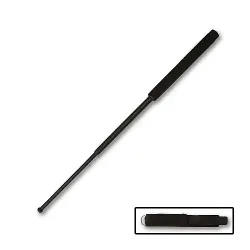
 (1)
(1)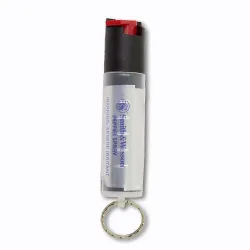
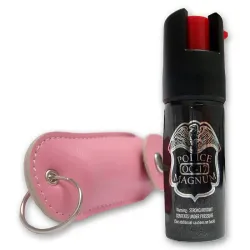
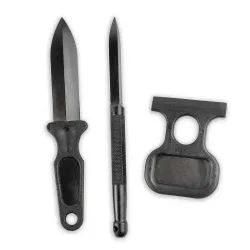
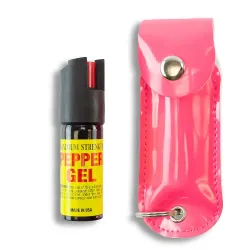
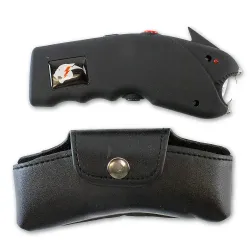
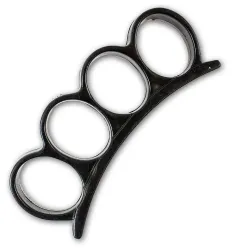
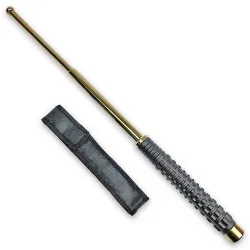
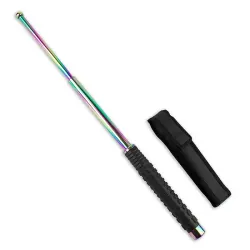
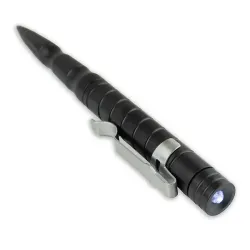
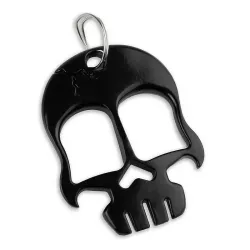
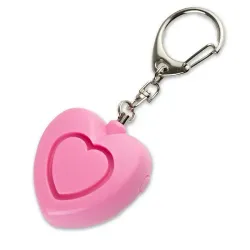
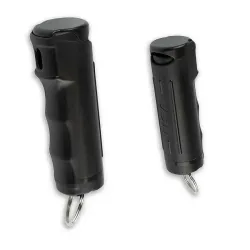
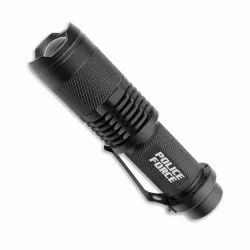
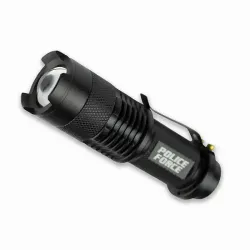
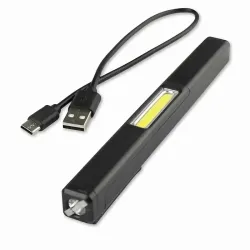
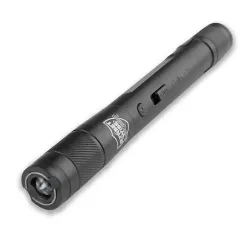
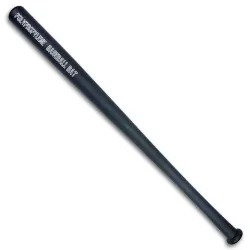
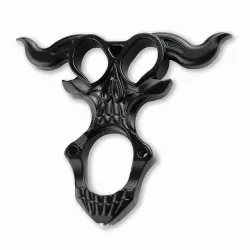
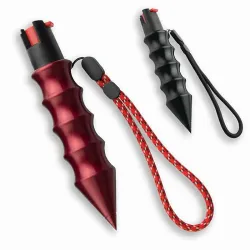
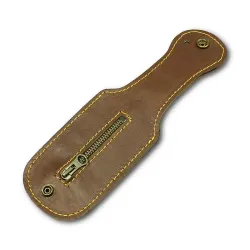
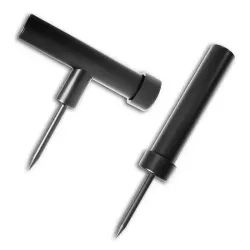
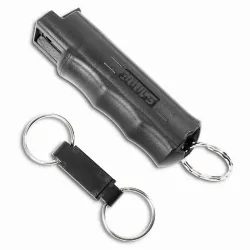
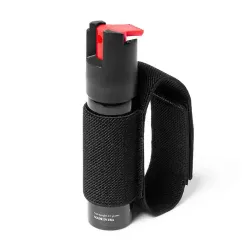

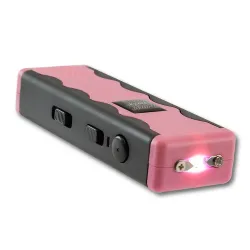
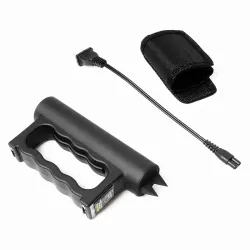
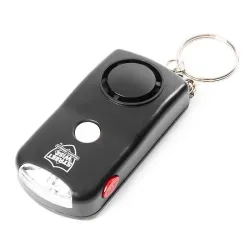
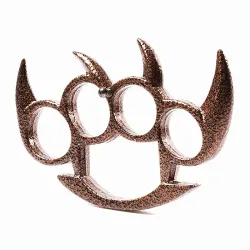
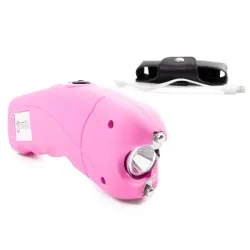
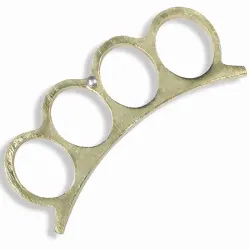
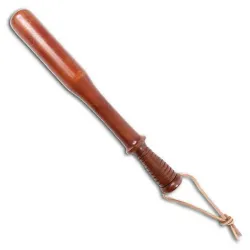
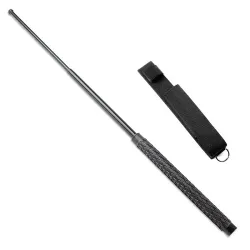
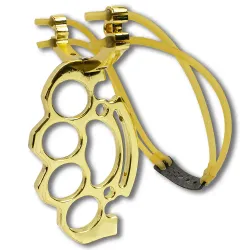
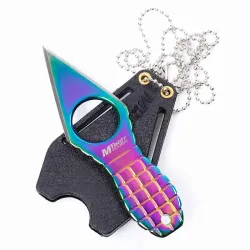
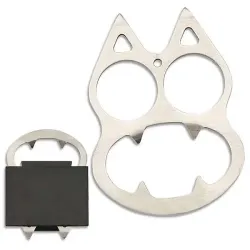
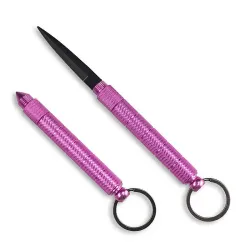
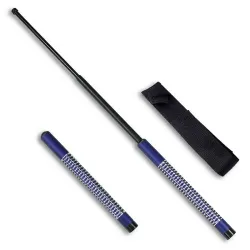
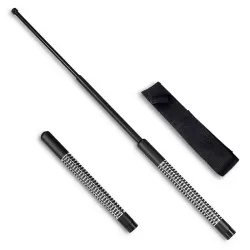
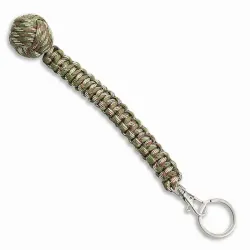
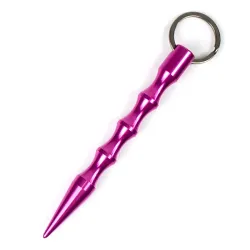
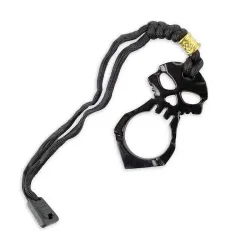
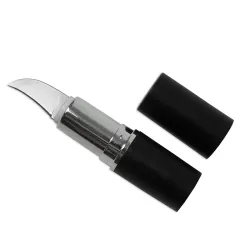
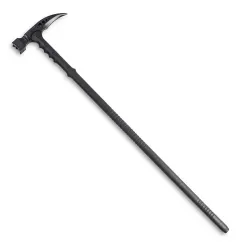

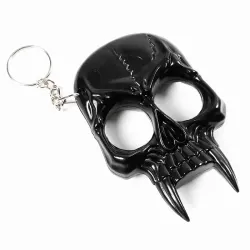
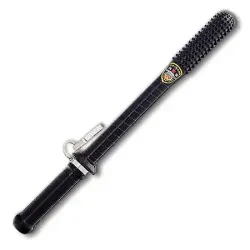
 (1)
(1)